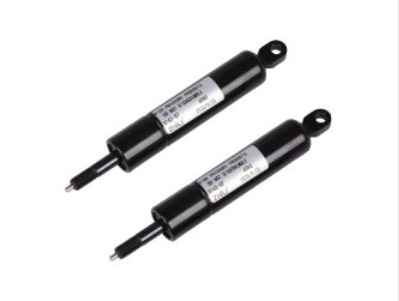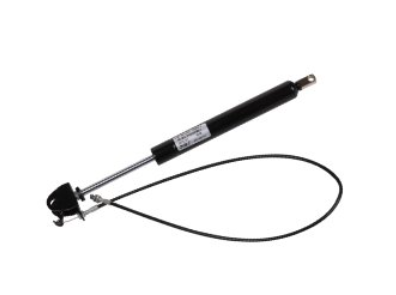If you are interested in our products ,please contact our team
In the realm of mechanical engineering, springs play a pivotal role in countless applications, offering support, control, and motion. Among the diverse spring options available, gas springs and mechanical springs stand out as popular choices. In this comprehensive guide, we will delve into the pros and cons of both gas springs and mechanical springs to help you make an informed decision for your specific needs.
Pros:
Smooth and controlled motion.
Adjustable force and damping.
Minimal noise during operation.
Ideal for applications requiring controlled lifting and lowering.
Cons:
Higher initial cost compared to mechanical springs.
Susceptible to temperature changes, affecting performance.
Requires proper calculation and design for optimal function.

Pros:
Cost-effective and widely available.
Consistent force over a wide temperature range.
Simple design and installation.
Suitable for a broad range of applications.
Cons:
Limited control over motion and damping.
Can generate noise and vibration during operation.
Prone to wear and fatigue over time.
Gas Springs: Well-suited for controlled and adjustable motion, such as hatches, lids, and seats.
Mechanical Springs: Ideal for simpler applications, where precision control is not critical.
Gas Springs: Higher initial cost, but potential long-term benefits in terms of maintenance and control.
Mechanical Springs: More cost-effective upfront, but may incur higher maintenance costs over time.
Gas Springs: Offer precise control over motion, speed, and damping.
Mechanical Springs: Provide consistent force but limited control over motion characteristics.
Gas Springs: Operate quietly and generate minimal vibration.
Mechanical Springs: Can generate noise and vibration, particularly in high-frequency applications.

When it comes to selecting between gas springs and mechanical springs, there's no one-size-fits-all answer. Your choice depends on the specific requirements of your application, as well as your budget constraints. Gas springs offer controlled motion and adjustable damping, making them an excellent choice for scenarios demanding precision. On the other hand, mechanical springs provide cost-effective reliability for applications that don't require intricate control.
Ultimately, a thorough evaluation of your project's needs will guide you toward the optimal spring solution. By understanding the pros and cons of both gas springs and mechanical springs, you can confidently make a choice that aligns with your engineering goals.